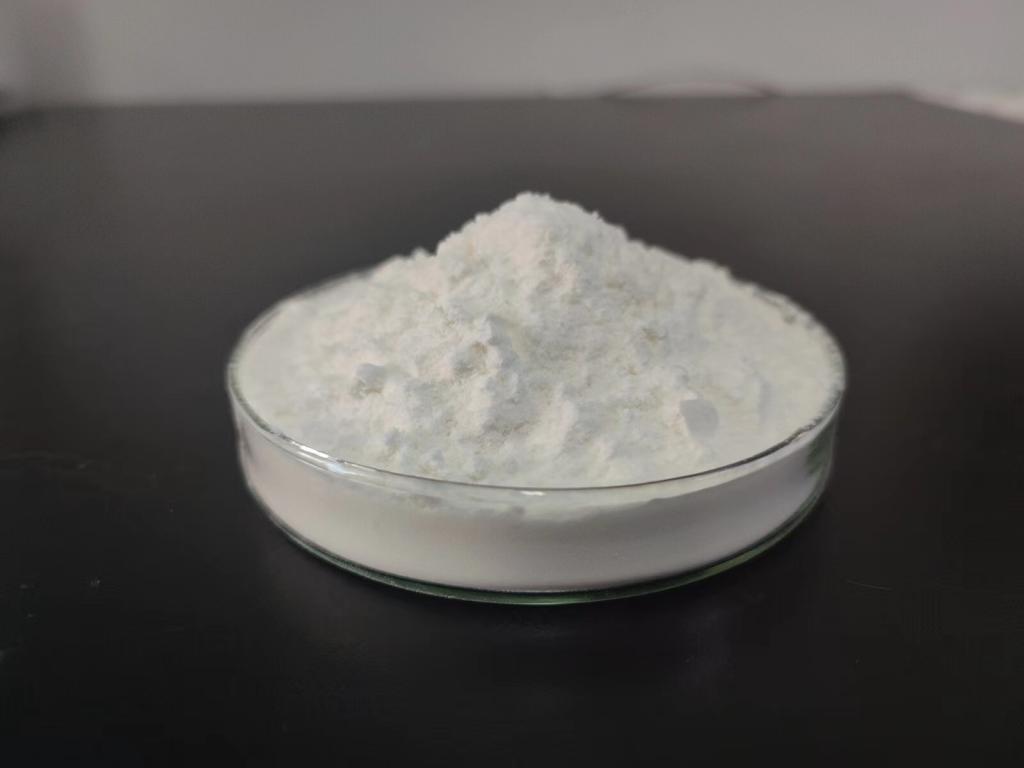
 CONTACT
CONTACT
- Linkman:Linda Yao
- Tel: +8618231198596
- Email:linda.yao@dcpharma.cn
- Linkman:CHARLES.WANG
- Department:Overseas
- Tel: 0086 0311-85537378 0086 0311-85539701
Enhancing Preservation Education: Communicating the Benefits of ε-Polylysine Hydrochloride
TIME:2023-12-22
Preservation is a critical aspect of the food industry, ensuring the safety and quality of products throughout their shelf life. As the industry evolves, the need for effective preservation methods that align with consumer preferences and environmental considerations becomes increasingly important. This article explores the educational aspect of preservation, with a focus on ε-polylysine hydrochloride, a natural antimicrobial peptide. It delves into the significance of enhancing preservation education and effectively communicating the benefits of ε-polylysine hydrochloride to professionals, students, and the broader public.
1. The Foundation of Preservation Education:
Establish the importance of preservation education in the food industry. Discuss the historical context of preservation methods and their evolution over time. Emphasize the role of education in fostering a deeper understanding of the challenges and opportunities in food preservation.
2. The Rise of ε-Polylysine Hydrochloride:
Introduce ε-polylysine hydrochloride as a natural antimicrobial peptide derived from microbial fermentation. Discuss its unique properties, including its effectiveness against a broad spectrum of microorganisms, and its potential as an innovative preservation solution.
3. The Need for Effective Preservation Methods:
Explore the contemporary challenges faced by the food industry in preserving products. Discuss consumer demands for minimally processed foods, the quest for clean label ingredients, and the environmental impact of traditional preservatives. Highlight the need for preservation methods that address these challenges.
4. Understanding the Mechanisms of ε-Polylysine Hydrochloride:
Explain the molecular mechanisms through which ε-polylysine hydrochloride exerts its antimicrobial effects. Discuss its impact on bacterial cell membranes and cell walls, emphasizing its specificity for harmful microorganisms. This understanding forms the basis for appreciating its role in food preservation.
5. Applications in Various Food Categories:
Illustrate the diverse applications of ε-polylysine hydrochloride across different food categories. Explore its role in preserving dairy products, meats, bakery items, and beverages. Showcase real-world examples and case studies that highlight its efficacy in various contexts.
6. Collaborative Initiatives in Preservation Education:
Highlight collaborative efforts between educational institutions, industry professionals, and researchers to integrate ε-polylysine hydrochloride into preservation education programs. Discuss how these initiatives contribute to a more comprehensive and practical understanding of modern preservation methods.
7. Communicating the Environmental Benefits:
Address the environmental sustainability of ε-polylysine hydrochloride compared to traditional preservatives. Discuss its biodegradability, minimal ecological footprint, and potential to align with global sustainability goals. Emphasize the importance of communicating these benefits in preservation education.
8. Safety Considerations and Regulatory Compliance:
Discuss safety considerations associated with the use of ε-polylysine hydrochloride, including its Generally Recognized as Safe (GRAS) status. Explore the regulatory landscape and the importance of educating professionals and students on compliance with food safety regulations.
9. Bridging the Gap between Industry and Academia:
Explore the collaborative bridge between industry practices and academic research in preservation education. Discuss how this connection benefits students by providing practical insights and industry professionals with access to cutting-edge research.
10. Future Directions in Preservation Education:
Delve into potential future developments in preservation education, with a focus on ε-polylysine hydrochloride. Discuss emerging trends, ongoing research projects, and the evolving role of this natural antimicrobial peptide in shaping the curriculum for future preservation professionals.
Conclusion:
Summarize the importance of enhancing preservation education by effectively communicating the benefits of ε-polylysine hydrochloride. Emphasize its role in addressing contemporary challenges, promoting sustainability, and contributing to the evolution of food preservation practices. As preservation education continues to evolve, embracing innovative solutions like ε-polylysine hydrochloride becomes integral to fostering a new generation of professionals equipped with the knowledge and skills to navigate the complexities of the modern food industry.
- Tel:+8618231198596
- Whatsapp:18231198596
- Chat With Skype







